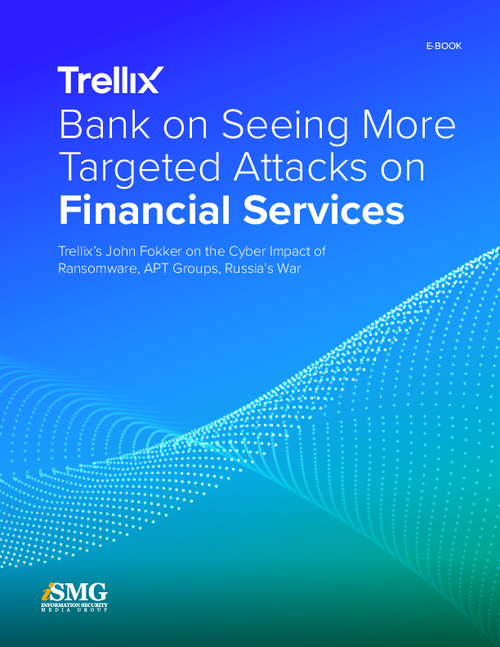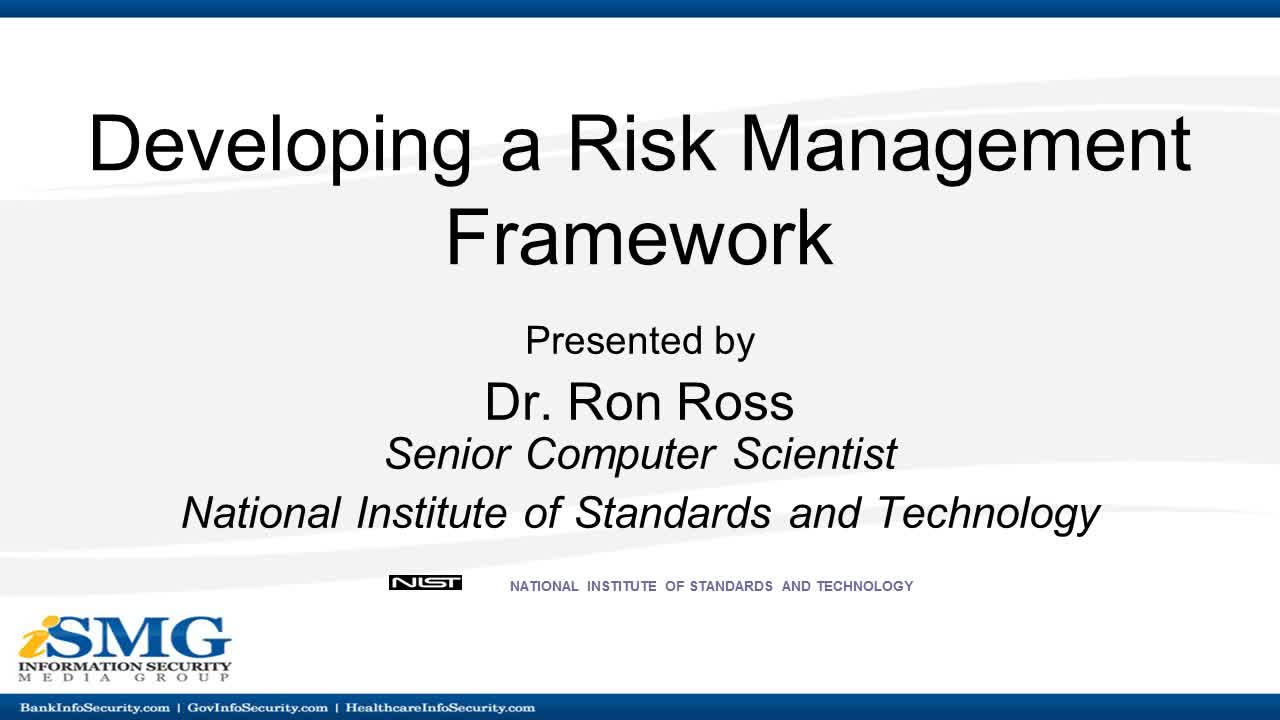Governance & Risk Management , Secure File Synchronisation & Sharing , Video
Proven Practices for Securing Data During File Transfers
Fortra's Kaushik Details FTP Cybersecurity Risks and Offers Mitigation AdviceFor many years, threat actors have installed and spread malicious code, viruses, worms, spyware and Trojans into files through file-sharing systems. Most organizations still use custom scripts, manual processes or legacy solutions to exchange information with customers, partners or other recipients, despite the extra time, cost and challenges associated with maintaining these outdated methods.
See Also: How to Optimize Website Delivery to Global Travel Customers: Great Rail Journeys Case Study
While protocols such as FTP and HTTPS are relatively safe, most organizations lack end-to-end encryption to keep data safe during transit, says Raghunandan Kaushik, regional sales director for India and SAARC at Fortra, which was formerly called HelpSystems.
Kaushik's advice to organizations: "Please get rid of scripts." Scripts are error-prone, manual, don't meet compliance regulations, are people-driven and are infrequently updated, he says.
In this video interview with Information Security Media Group, Kaushik discusses:
- Security blind spots in file transfers that companies should focus on and correct;
- Why organizations don't pay attention to internal file transfers;
- Best practices for securing data in transit.
Kaushik has managed data security for more than a decade for companies including Oracle, Hewlett Packard Enterprise and Cisco.























